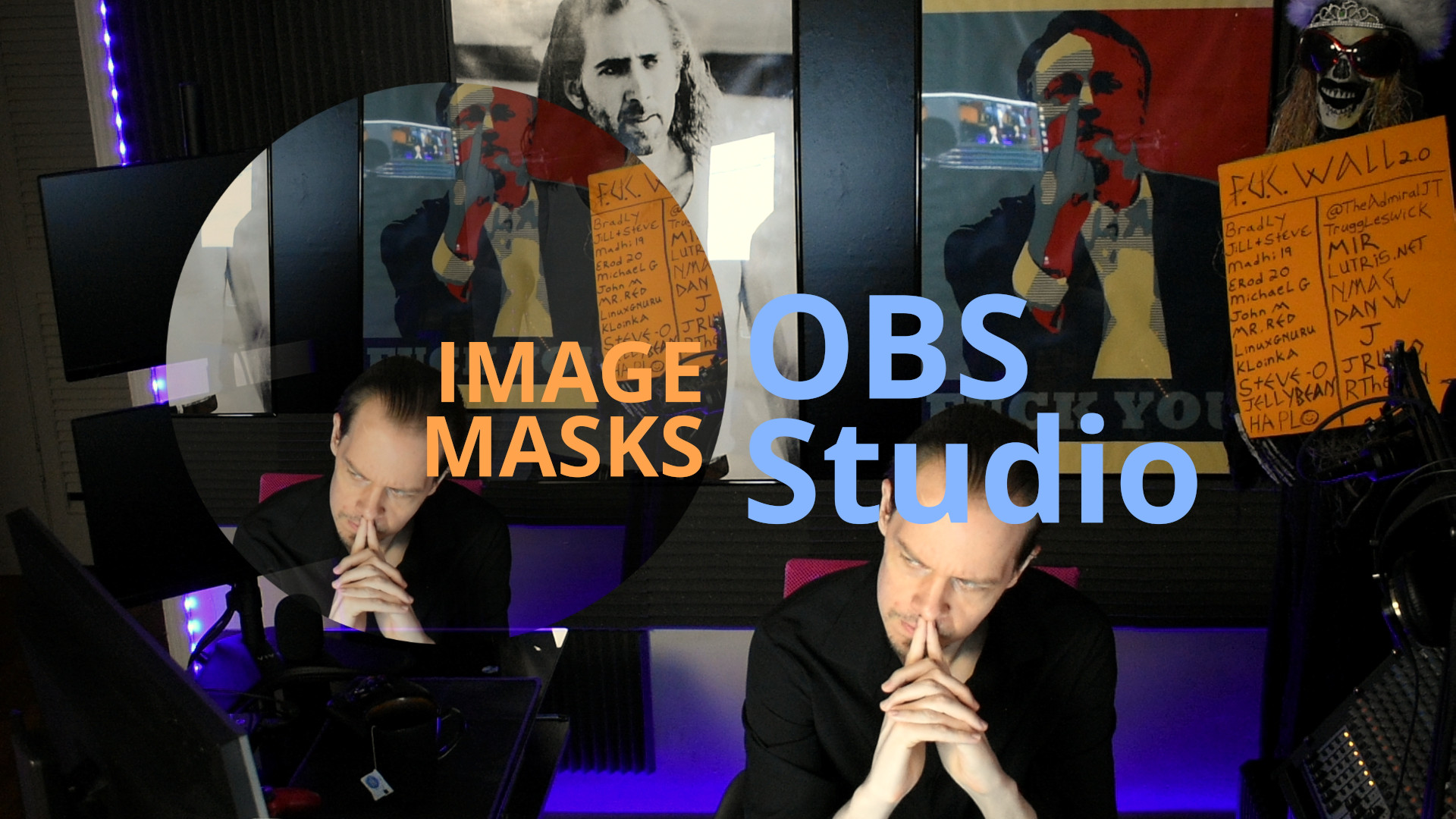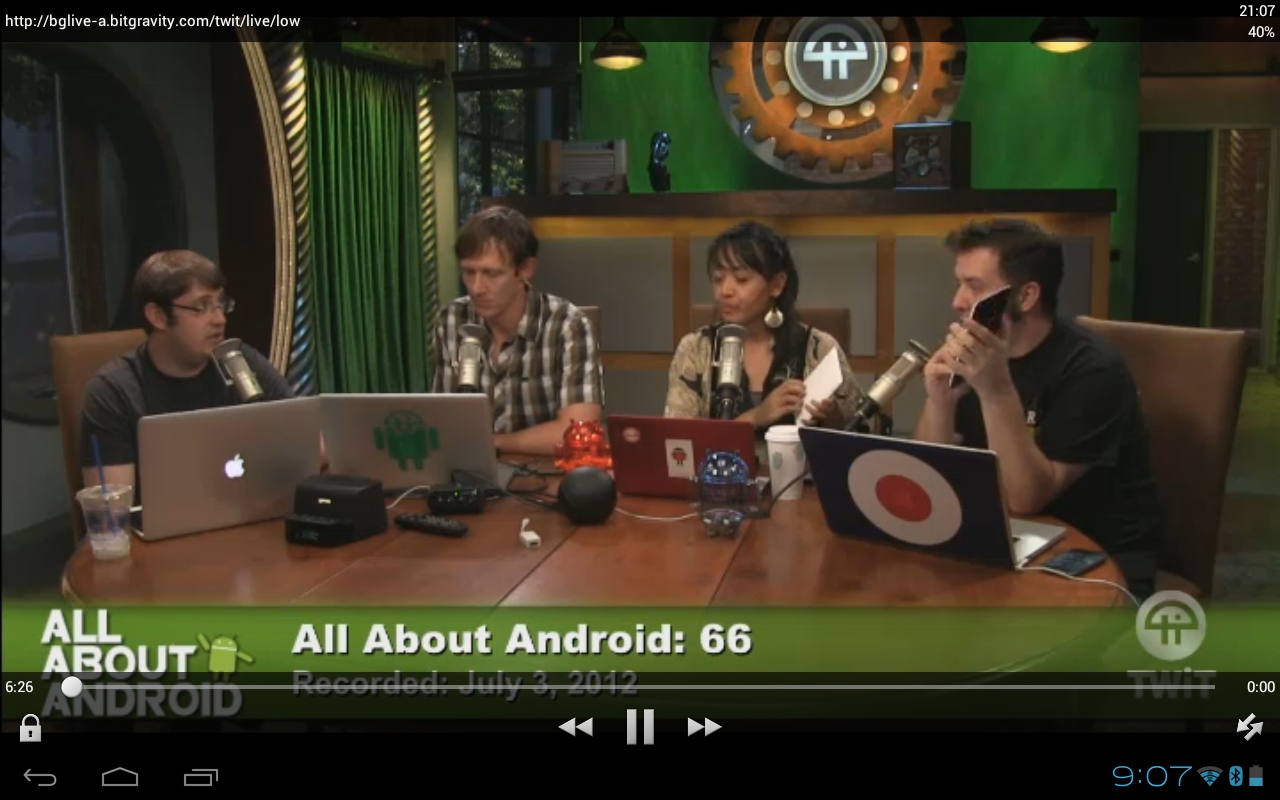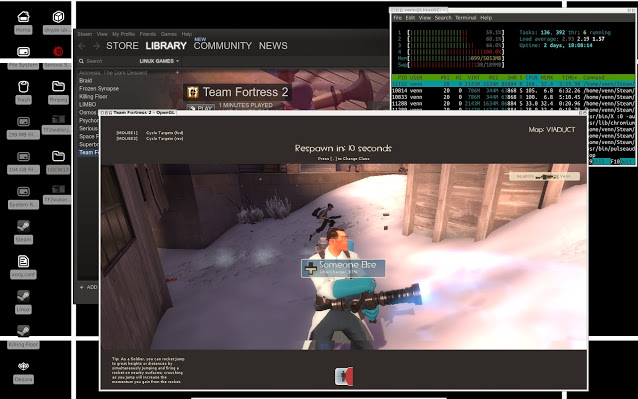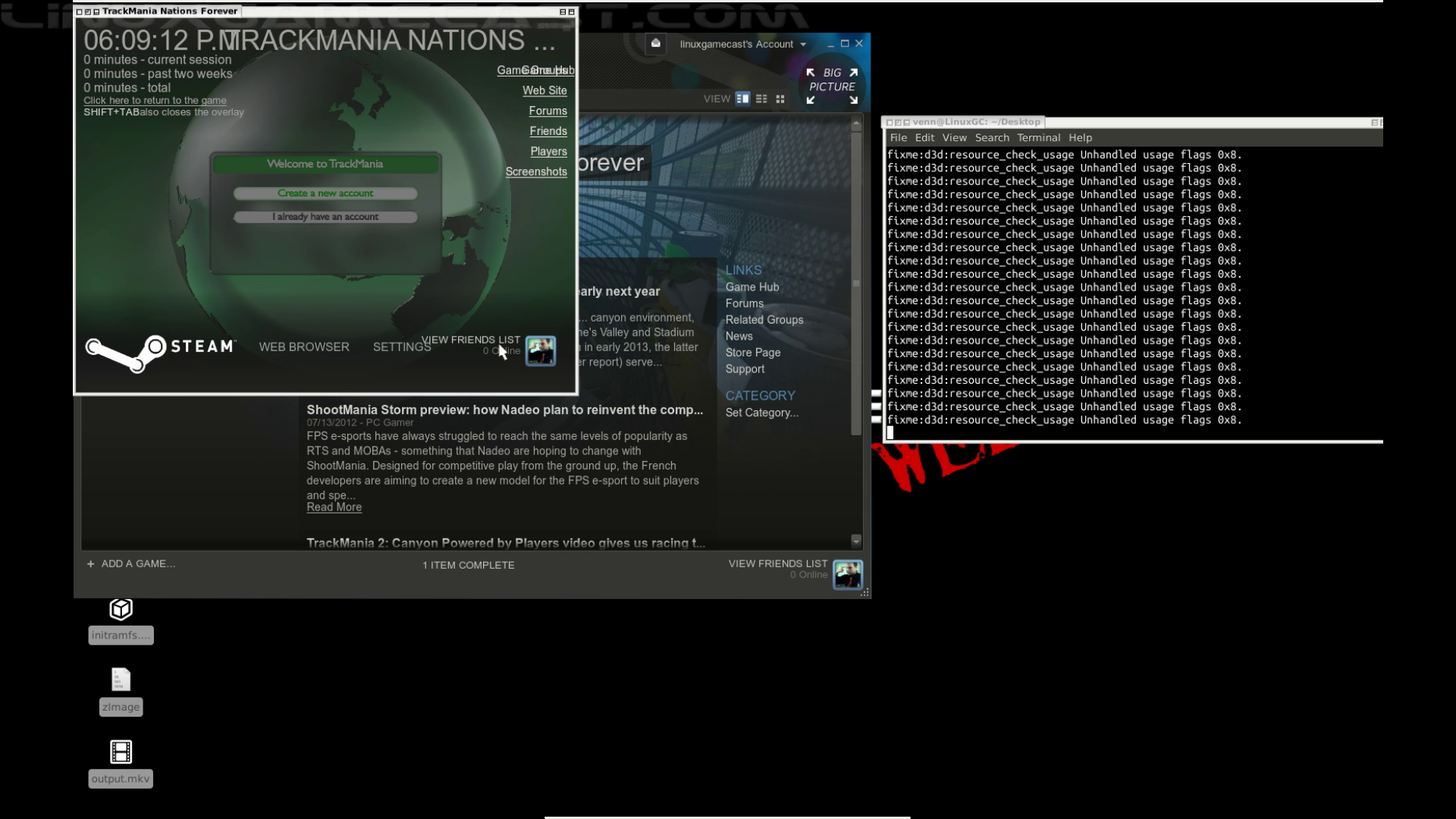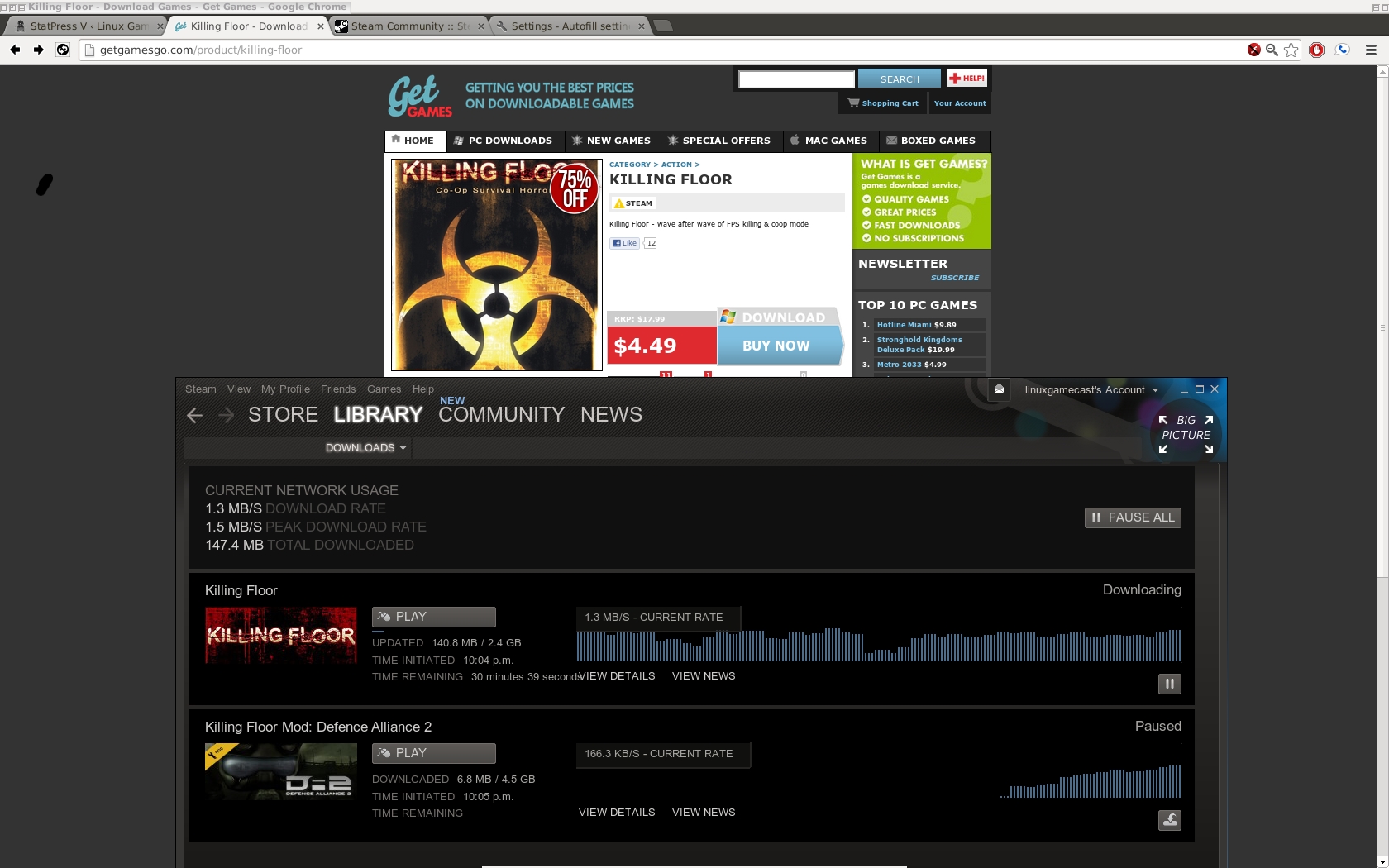OBS beta adds support for AV1 encoding! Framework announces AMD laptops, configuring GO XLR on Linux, and Ruffle is brining Flash back from the dead.
Listen:
Subscribe Google Podcasts | Spotify | Apple | Stitcher | TuneIn | RSS | More
Timestamps:
00:00 Intro
00:43 5 Years
02:37 Pigz compression
04:12 OBS compile guide
06:50 Bad Last of Us PC port
09:15 Ranch flavoured Flash
15:35 GO XLR on Linux
22:43 AMD powered Framework laptops
29:54 OBS beta has AV1 powers
36:39 DOOM on the C64
Colour key: Venn Jill
Flash is (kinda) back
https://ruffle.rs/blog/2023/03/12/progress-report.html
- We are getting closer to being able to play most of our old flash games and animations!
- Ruffle is an Adobe Flash Player emulator written in Rust.
- Ruffle runs natively on all modern operating systems as a standalone application, and on all modern browsers, including mobile, through the use of WebAssembly.
- And you can install the browser extension in Chrome and Firefox based browsers.
- Adobe officially stopped supporting Flash in 2021 and has blocked Flash content from running in Flash Player and web browsers have removed all Flash-related software.
- There was recently a big update with huge improvements to Ruffle’s AVM1 and AVM2 engine accuracy, for better playback and support of ActionScript 2 and ActionScript 3 games and animations.
- Support for mobile devices is improving in a big way.
- Text input boxes are finally supported and the context menu works on IOS.
- This release includes dynamic audio buffering making playback smoother for demanding content.
- There are a lot of new games that are compatible like “Bubble Bobble: The Revival”, “Chronotron”, and one of my all time favorites “Dino Run: Marathon of Doom.”
- It plays most flash swf games and animations, but if it doesn’t play the ones you want to play correctly consider contributing.
- These are awesome updates, as this will make more Flash games playable that are cataloged at the Internet Archive!
- I was afraid this project would stall at AS2 and never really get very far with AS3.
- The AS3 runtime was WAY stricter.
- Ruffle is the reason Homestar Runner content is online in its original form:
- Flash was the OG 2D indie game engine before Unity happened.
- I hated Flash but man it allowed almost anyone to get creative back in the day.
- Adobe killed off Flash game dev by charging a revshare to game developers for using cross-compiled code with Stage3D.
- This was intended to stop Unity developers from just compiling Unity games to Flash and not paying for Flash CS6.
The new YouTube special
https://github.com/GoXLR-on-Linux/goxlr-utility/releases/tag/v0.10.0
- This will make life easier for the “squeaky Linus” when using his GoXLR 4-Channel mixer on Linux.
- Awesome, all UI elements are now accessible to screen readers.
- Like it or not the GoXLR is the new hotness for Tubers and streamers.
- Not because it’s an exceptional interface, nay.
- Because it has a swear button… and some other bits.
- The big seller is that it’s easy to use, on Windows.
- The lads behind the GoXLR Configuration Utility have been hard at work teaching the GoXLR and GoXLR Mini howto Linux.
- GoXLR will work with both Pulseaudio and Pipewire but no word on Jack.
- It’s made with Rust because of course it is.
- The latest release brings loads of new containers and UI improvements, a Sampler Rewrite to help decrease latency when recording and playing back, and the ability for the CLI to communicate over HTTP.
- I love to see this.
- Again, to anyone involved with hardware support.
- The quickest way to get your device ™ reverse engineered is to not release Linux drivers.
- I can’t bring myself to buy one but here is one on the studio wishlist.
Ryzen Framework
https://frame.work/blog/framework-laptop-13-with-13th-gen-intel-core-and-amd-ryzen-7040-series
- There are two new Framework Laptop’s available, the Framework Laptop 13 with a 13th Gen Intel Core and the Framework Laptop 13 with an AMD Ryzen™ 7040 Series processor!
- And not only is performance scaled up, but Framework delivered refinements to the day-to-day user experience with a higher capacity battery, matte display, louder speakers, and more ridgid hinges.
- The new laptops are now available for pre-order in all countries they currently ship to: US, Canada, UK, Germany, France, Netherlands, Austria, Ireland, Australia.
- As before, both pre-built configurations start at $1049 USD that work out of the box with Windows 11 :-( and the Framework Laptop DIY Edition starting at $849 USD, allowing you to bring your own memory, storage, and operating system, including Linux!
- And now you will be able to select your Bezel color and Keyboard on the DIY Edition when ordering, with a range of new Bezel colors coming this year.
- I got to play with 2 Framework laptops at the Southern California Linux Expo, and I was really impressed by the sturdy feel, and how light and thin they were.
- First shipments for Intel are this month and AMD boards will ship in Q3 aka July+.
- Preorders are a fully-refundable $100.
- All of the upgraded modules are compatible with existing Framework Laptops and that’s the cool part.
- Really, that’s the dream that we have been told was impossible for the last 30 years.
- No performance numbers for the AMD Ryzen™ 7040 Series laptops yet.
- The Ryzen 7040 Series is a replacement for the old AMD Ryzen 6000.
- Zen 4 and RDNA 3 with options up to 8 cores but that will be up to Framework.
- If you’re looking to do something with your old mobo you can print a new case at home or try out the new Cooler Master mainboard case.
- It’s available this spring for $39 USD, and includes both a stand and VESA mount capabilities.
OBS Studio 29.1 Beta 1
https://github.com/obsproject/obs-studio/releases/tag/29.1.0-beta1
- I want to give this a quick mention since it has some Linux bits you should be aware of.
- Support for streaming AV1/HEVC over RTMP to YouTube is a big one.
- AV1 is the future but I can’t bring myself to buy an ARC A770 and the 4090 is out of my budget.
- Support for multiple audio tracks in Simple output to make that easier.
- Lossless audio is now shown in the recording options. You had to dig around in advance beforehand.
- Fixed an issue in the V4L2 source on Linux where a capture device’s frame rate could be invalid, resulting in incredibly large log files.
- Fixed the listing of PulseAudio monitoring devices incorrectly listing inputs.
- JACK inputs on Linux will now display “OBS Studio” in their name and this will break your saved routing.
- Hardware Decoding of Media Sources can now use CUDA.
- Added HEVC and HDR support to VA-API encoder.
- Significantly improve screen capture performance on Intel dedicated GPUs on Linux.
Slice of Pi
DOOM Pi
https://github.com/frntc/RAD-Doom
- The RAD Expansion Unit connects to the Commodore 64 (or 128) cartridge port and uses a Raspberry Pi 3A+, 3B+ or Zero 2 W to emulate a RAM expansion unit of the era.
- It also bypasses the main MOS Technology 6510 / 8500 CPU (running at a mighty 1.023 MHz for NTSC, and 0.985 MHz for PAL) to provide the full power of the Raspberry Pi’s Arm CPU.
- The Raspberry Pi in the RAD is used as the CPU, but the graphics are still rendered by the C64’s original VIC-II chip.

